Hello again
Im wondering what spark plugs to run with my Supercharger
Im getting it 2nd hand so id like to use new plugs and dont know if im getting them with my used kit
Anyone have part numbers and gaps for them?
Gm ones?
Better than GM ones?
Im running NGK Iridiums stock heat range
Thanks
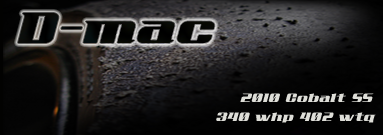
NGK TR6

2010 Subaru Impreza WRX Limited
1999 Cavalier Z24 Supercharged
1999 Grand AM SE (Beater Car)
1997 GMC Sierra
2007 Honda CBR 600RR
2005 Honda TRX450R
I've been running the delco 1 step colder plugs that would normally come with the kit. I've never had any problems.
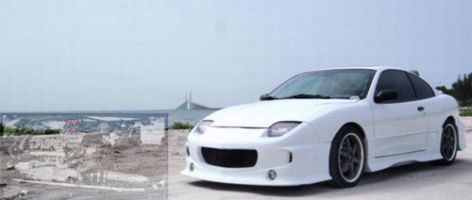
Car is for Sale!Supercharger kit is for sale!
Luke Heier wrote:NGK TR6
This is what I have been running gapped at .050 as reccomended in the install manual.
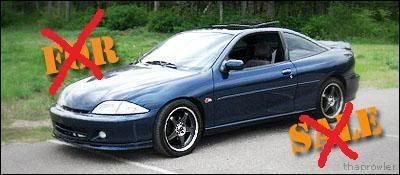
FORGET GIRLS GONE WILD WE HAVE GOVERNMENT SPENDING GONE WILD!
R42LTS Delco plug gaped to .030 and no problem at all.

Thanks guys
I think ill try the NGK TR6 how many steps cooler than stock are they?

one step just like the plugs in the kit

FORGET GIRLS GONE WILD WE HAVE GOVERNMENT SPENDING GONE WILD!
I know this is a stupid question, but how does the heat range affect the cumbustion proces? Its something I've been trying to figure out for a while now.
Caution: I have an odd sense of humor, so don't be offended by the things I say
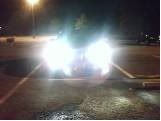
MMMM, HIDs
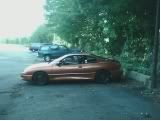
I gapped mine at .030"

2010 Subaru Impreza WRX Limited
1999 Cavalier Z24 Supercharged
1999 Grand AM SE (Beater Car)
1997 GMC Sierra
2007 Honda CBR 600RR
2005 Honda TRX450R
here is a very good explanation of it:
Quote:
"A spark plug is said to be "hot" if it is a better heat insulator, keeping more heat in the tip of the spark plug. A spark plug is said to be "cold" if it can conduct more heat out of the spark plug tip and lower the tip's temperature. Whether a spark plug is "hot" or "cold" is known as the heat range of the spark plug. The heat range of a spark plug is typically specified as a number, with some manufacturers using ascending numbers for hotter plugs and others doing the opposite, using ascending numbers for colder plugs.
The heat range of a spark plug (i.e. in scientific terms its thermal conductivity characteristics) is affected by the construction of the spark plug: the types of materials used, the length of insulator and the surface area of the plug exposed within the combustion chamber. For normal use, the selection of a spark plug heat range is a balance between keeping the tip hot enough at idle to prevent fouling and cold enough at maximum power to prevent pre-ignition leading to engine knocking. By examining "hotter" and "cooler" spark plugs of the same manufacturer side by side, the principle involved can be very clearly seen; the cooler plugs have more substantial ceramic insulators filling the gap between the center electrode and the shell, effectively carrying off the heat, while the hotter plugs have less ceramic material, so that the tip is more isolated from the body of the plug and retains heat better." Learn all about spark plugs here http://en.wikipedia.org/wiki/Spark_plug
* 1 month ago
Source(s):
http://en.wikipedia.org/wiki/Spark_plug
Yahoo Answers - Spark plug heat range
basically, having the colder spark plug helps with pre-det and engine knock. it is also believed that this can help for adding in more timing into an engine, although not always true. it is pretty common practice for people who are running boost or nitrous.
 1997 RedR - ZedR
1997 RedR - ZedR
Now I get it, thanks.
Caution: I have an odd sense of humor, so don't be offended by the things I say

MMMM, HIDs

sUiCiDe wrote:Just wanna confirm Gap
0.50" ? for NGK TR6s
You are fine anywhere between .030 and .050. The instructions reccomend .050 but some people run into issues when using a smaller pulley with spark blowout so they decrease the gap to fix that issue. I would start with .050 and then go to a smaller gap if you experience spark blowout.

FORGET GIRLS GONE WILD WE HAVE GOVERNMENT SPENDING GONE WILD!
I've never had a problem with the stock R42LTS plugs. The NGK Iridium TR6IX lasted only 6 months before developing misfire under boost. I've never used the Rapid fires on my LD9 but I've used them in couple V8 and V6's and they all ran like crap under load with the plugs. I've been wanting to try out a set of Denso iridium IT20 plugs but I'm having a hard time finding them.

So anyone with boost and 2.2 coil swap on a 2.4, what are you gapping your plugs at? Im gona be using tr6's on around 7lbs, and I have the external coil swap using stock 2.2 parts.
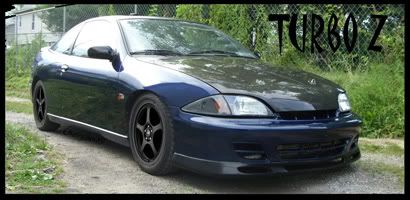
.028
but i am running alittle more CFM than most. (i think)
Chris
'02 Z-24 Supercharged
13.7 @102.45 MPH Third Place, 2007 GMSC Bash SOLD AS OF 01MAR08
Wade Jarvis wrote:sUiCiDe wrote:Just wanna confirm Gap
0.50" ? for NGK TR6s
You are fine anywhere between .030 and .050. The instructions reccomend .050 but some people run into issues when using a smaller pulley with spark blowout so they decrease the gap to fix that issue. I would start with .050 and then go to a smaller gap if you experience spark blowout.
I agree.
I have also had great spark results with the MSD coil mod and a MSD universal wire set.

I'm using the stock plugs gapped at either 40 or 45 and 2.7 pulley, no problems.
-----------------------------------------------------------------------
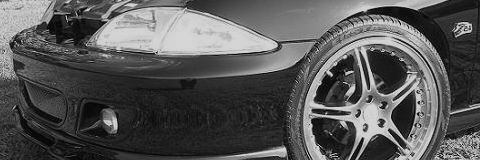
-----------------------------------------------------------------------
- Sold my beloved J in April 2010 -
Does anyone have a part number for the NGK TR6
Im having a hell of a time finding them

Sorry to post again so soon but would these be what i need?
NGK 4177 for the LS motors?


LS1(x)'s take tr6 also, so yes those are the correct plug.
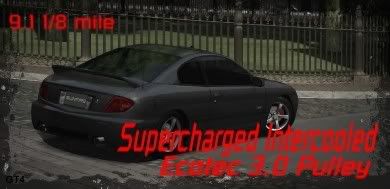









 MMMM, HIDs
MMMM, HIDs





 MMMM, HIDs
MMMM, HIDs








